Taking a quick shower, washing a dinner plate, doing a load of laundry – these are just a few of the many ways in which we use water in our homes each day. Learn more about how much water these daily activities use and tips for saving on your water bill.
How much water do you use around your home?
The Kitchen Sink
A standard sink faucet runs at about 2.2 gallons per minute.
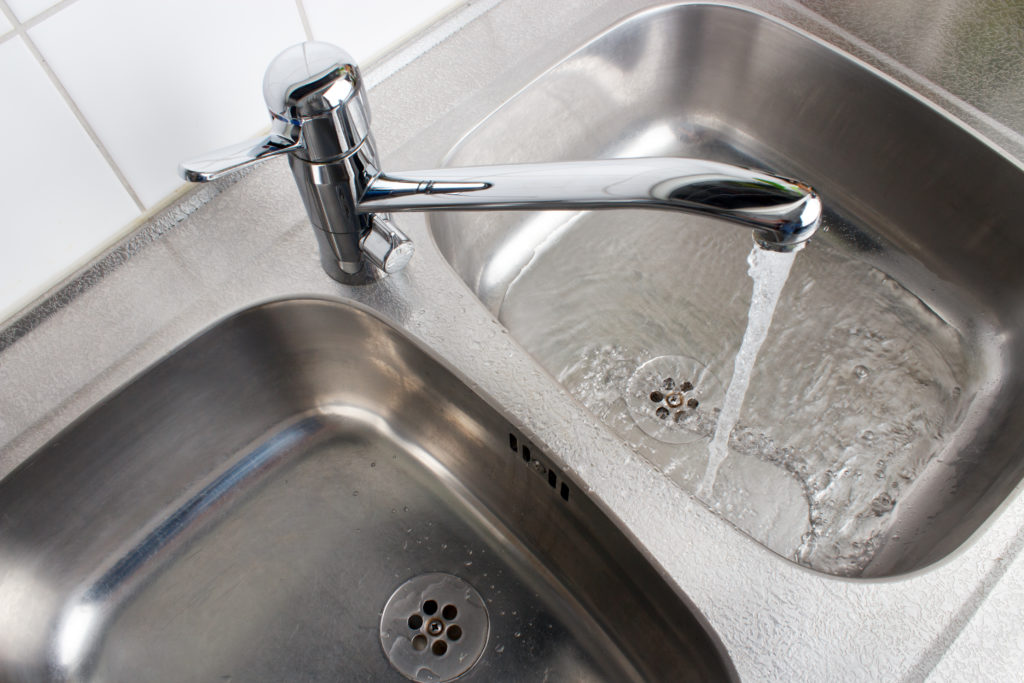
Washing Dishes
Hand washing one load of dishes can use 20 gallons of water! Did you know a dishwasher, especially newer, more efficient models, use much less water to wash dirty dishes than handwashing? An energy efficient dishwasher can use as little as 4.5 gallons of water per load.
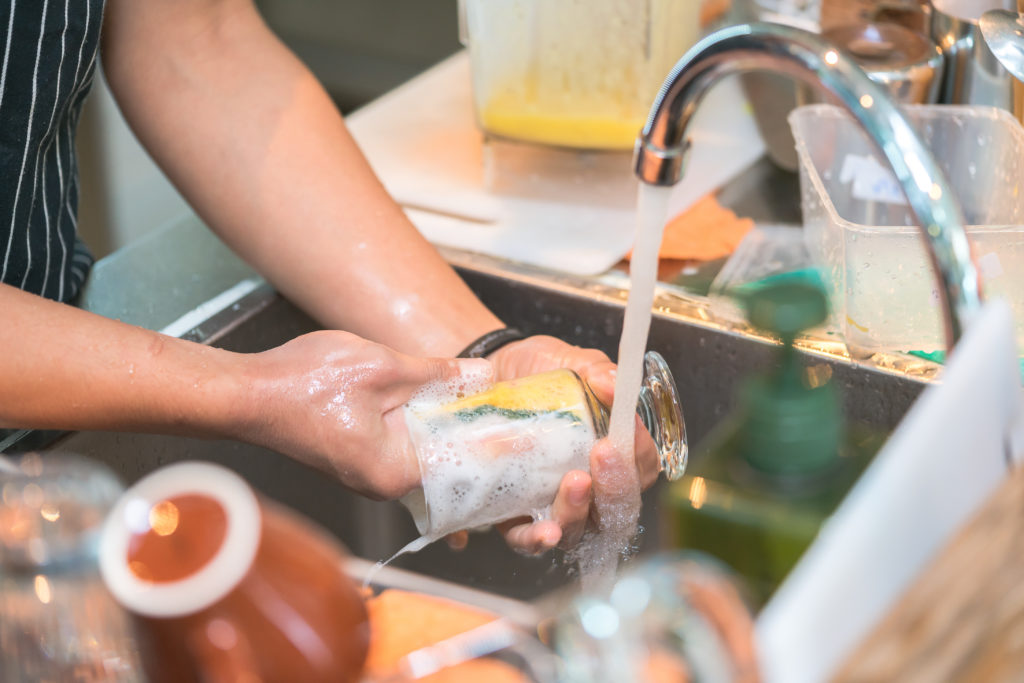
The Bath and Shower
Standard shower heads use 2.5 gallons of water per minute (gpm). A 10 minute shower uses about 25 gallons of water.
If each member of a four person household takes a daily 10 minute shower that adds up to 100 gallons of water per day, or 3,000 gallons of water per month.
Did you know? Taking a shower uses much less water than filling up a bathtub. While an average shower uses 25 gallons of water, a bath can use up to 70 gallons!
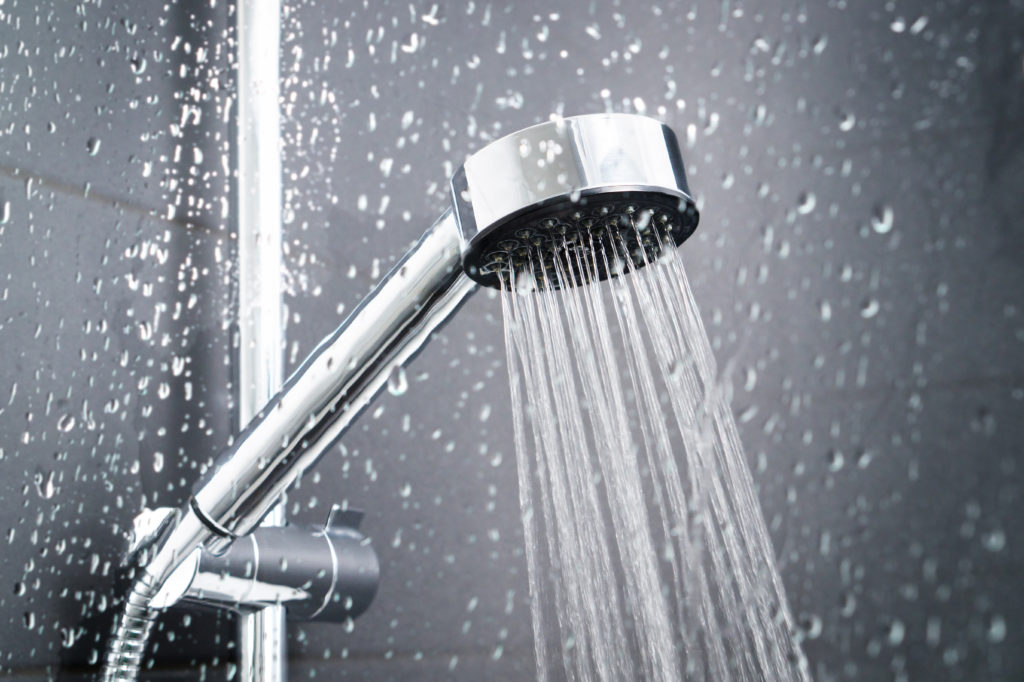
Flushing the Toilet
Does your home have older fixtures? Such as a toilet that is 30 years old or more?
Older toilets were designed as 5 gallon per flush units, while newer, more efficient models are below 2 gallons per flush. Consider replacing an older toilet with a 1.6 gallon per flush unit – it will cut your water consumption by 25%.
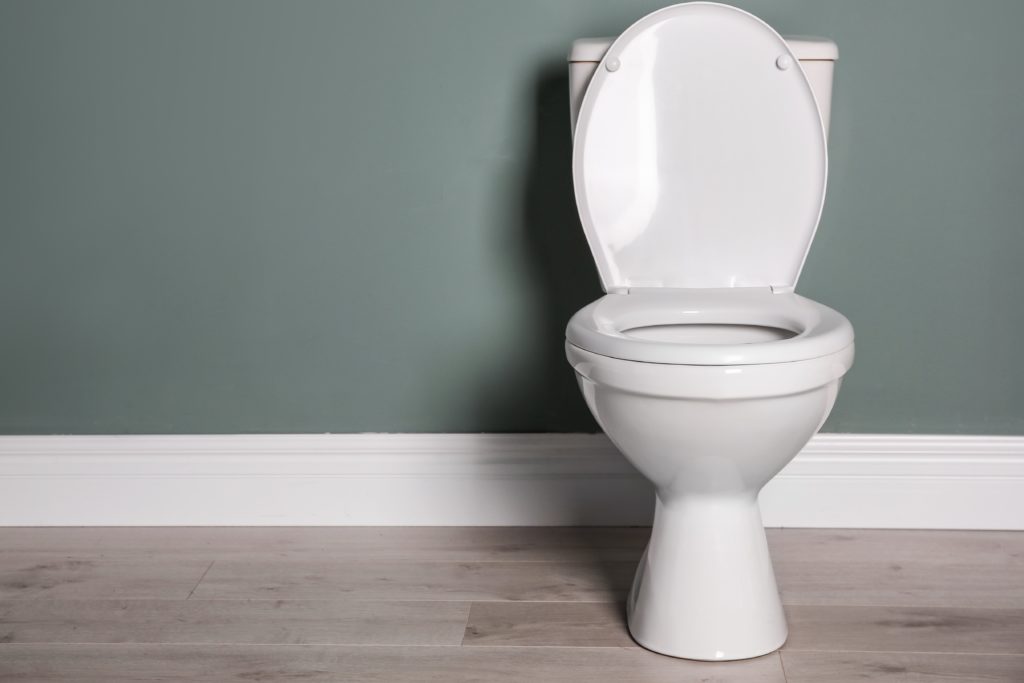
Fixture Maintenance
Customers should also be aware that even on newer fixtures, routine maintenance is required. This may include replacing the flapper on a toilet or replacing a damaged O ring on a faucet. Routinely checking your fixtures for leaks, damages, or general wear and tear, and making these simple repairs can save you thousands of gallons in wasted water!
A leaking faucet with a small drip, the size of 1/16 of an inch can waste over 24,000 gallons of water per month. That is about $325 in monthly water and sewer charges.
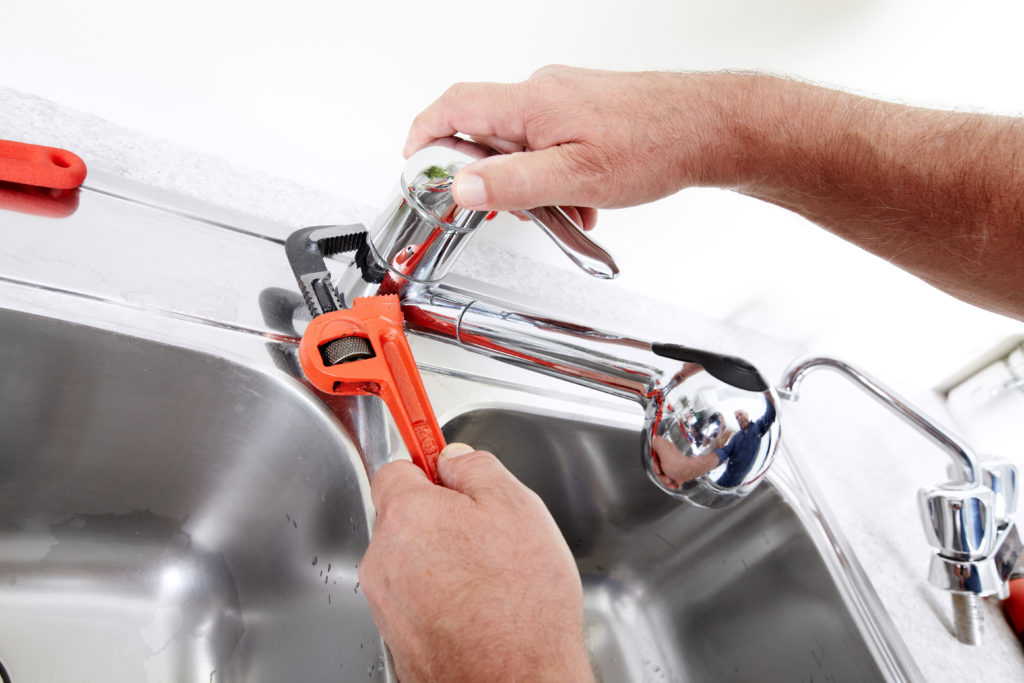
Leak Detection
Household leaks account for more than 1 trillion gallons of water wasted each year in U.S. homes. In addition to needlessly wasting this precious natural resource, leaks also cost homeowners money. Fixing household leaks can save homeowners about 10% on their water bills. Common types of leaks found in the home include worn toilet flappers, dripping faucets and showerheads, and other leaking valves.
If you suspect you might have a leak in your home the Commission can assist you through the Residential Leak Detection Program.

WaterSense

The Springfield Water and Sewer Commission is a member of US EPA’s WaterSense program. The program provides customers and educators with information on how to save water. Saving water not only saves money on your water and sewer bills, but also saves energy and conserves our natural resources. All products promoted by the WaterSense program have been tested and use 20% less water and perform as well or better than conventional models. In addition, the WaterSense program provides information on water saving lawn and garden practices, tips on efficient irrigation system use, household tips for indoor water saving and information on how to contact a WaterSense certified irrigation or landscaping partner.
To find out more about the WaterSense Program, go to www.epa.gov/watersense.
Shower Better!
Check out this short video on the benefits of updating your showerhead to a WaterSense labeled fixture.